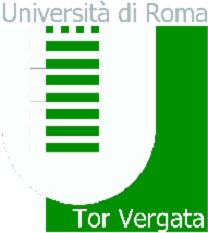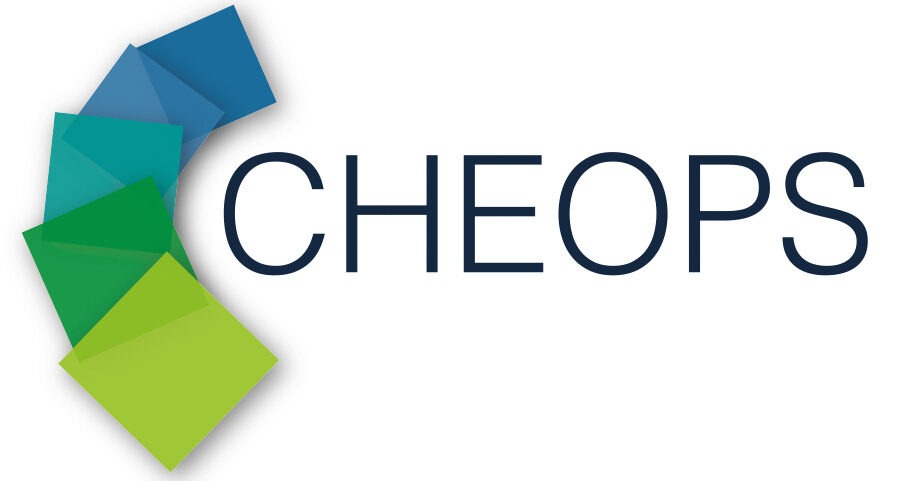Objectives
The development of perovskite single-junction solar cells in CHEOPS was a central mission objective in the project. The main target was to develop the fundamental technological building blocks for a more efficient upscaling and the achievement of mini-modules in pre-production relevant environments.
Achievements
The main developments for perovskite single-junction cells in CHEOPS were focused on the following aspects:
- Development of compact vacuum deposited TiO2 films
- Development of NiO films as replacement of Spiro-OMETAD
- Homogeneous and compact deposition process of the perovskite material itself
- Serial interconnection process via laser scribing leading to a dead area < 500 µm
- More transparent and conductive electrodes
- Evaluation of feasibility of APCVD to grown perovskite thin films – as a scalable new approach
- Development of low-lead perovskite cells with 15% efficiency
Results
Involvement
Centre Suisse d’Electronique et de Microtechnique (Project Coordinator)

CSEM, Centre Suisse d’Electronique et de Microtechnique (Swiss Center for Electronics and Microtechnology), founded in 1984, is a private non-profit applied research and development center specializing in micro- and nanotechnology, systems engineering, photovoltaics, microelectronics, and communications technologies. It offers its customers and industry partners custom-made, innovative solutions based on its knowledge of the market and the technological expertise derived from applied research.
The CSEM PV-center is an industry driven, application oriented program within CSEM created to bring new high-tech solutions for solar components and systems to technological maturity, and serve the global renewable energy industry. The PV-center is able to provide a full range of services to partners, ranging from technology development to product prototyping including the realization of full-size demonstration systems. The infrastructure of the PV-center includes specialty systems for coating, patterning, printing, and fabrication processes, as well as pilot manufacturing lines – from glass cleaning and wafer etching up to the assembly of fully functional PV modules and systems.
Tyndall National Institute

Tyndall National Institute, University College Cork, is one of Europe’s leading centres for Information and Communications Technology research and is the largest facility of its kind in Ireland. Its mission is to deliver new opportunities for Ireland’s economic growth through excellence in research and development, and post-graduate education & training, and by delivering innovative solutions to the grand challenges of the information society, including communications, energy, healthcare and the environment. The main research fields at Tyndall are electronics, photonics, materials and smart systems. Researchers, support staff and postgraduate students at Tyndall currently number over 400. The advanced materials and surfaces group specialises in the growth and characterisation of thin films and interface control layers by vapour deposition methods.
University of Oxford

The University of Oxford is one of the oldest established Universities in the world currently employing around 3,500 social and physical scientists, training 12,000 undergraduates and 7,500 postgraduate research students. The Physics Department has the jointly-highest ranked research environment for physics in the UK. Presently, the University is rapidly growing in the area of sustainable energy and thin-film materials across all divisions. Over the last 8 years the mathematical, physical and life sciences (MPLS) division made eight new permanent appointments in the area of Energy and an additional 4 appointments in thin film materials. There is a strong drive within Physics, Materials and Engineering towards energy related materials, with pioneering work on perovskite solar cells being conducted in Physics.
Università degli Studi di Roma ‘Tor Vergata’

The University of Rome “Tor Vergata” is based on a campus of 600 hectares with 43,000 students and 19 Departments. The University has established in 2006 together with the Lazio Region the “Centre for Hybrid and Organic Solar Energy” (CHOSE). The centre’s objectives are the research and development for the industrialization of organic and hybrid organic-inorganic technologies via three main steps: i) define a technological process for organic/hybrid cells, ii) develop fabrication processes for indus-trialization, iii) foster technology transfer towards SMEs. More than 30 researchers including 15 PhDs, 8 Post Docs, 4 Staff Members and other students and technicians are currently working at CHOSE. CHOSE is member of the EERA-PV platform, participates in the GRAPHENE Flagship, and is a partner of Dyepower, a R&D consortium for industrialisation of DSC facades.
University of Salford

Salford University has approximately 17,000 students and is located in Manchester, UK. The University has a long history of applied science and technology research, and for its close collaboration with Industry. The University research efforts are organised into Centres (teaching is done within Schools).
The Materials & Physics Research Centre is the largest Institute within Salford University, and the CVD Group lies within this. The group has an established reputation as a leading research group in AP (atmospheric pressure) CVD and has the largest range of APCVD laboratory research coaters in UK and quite possibly Europe. They have extensive experience in the thin film deposition and analysis of a wide range of metals, oxides and semiconductors.





